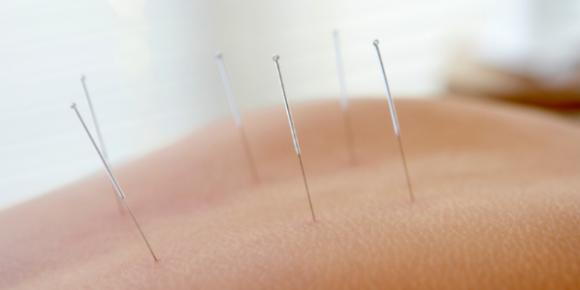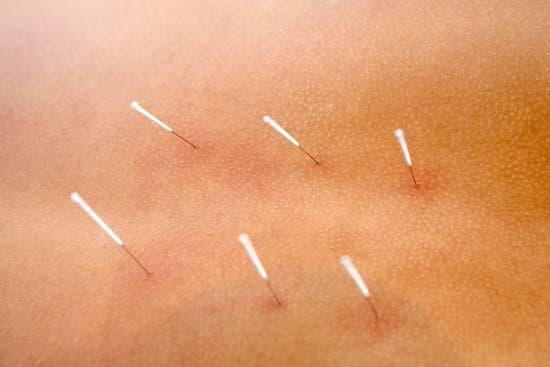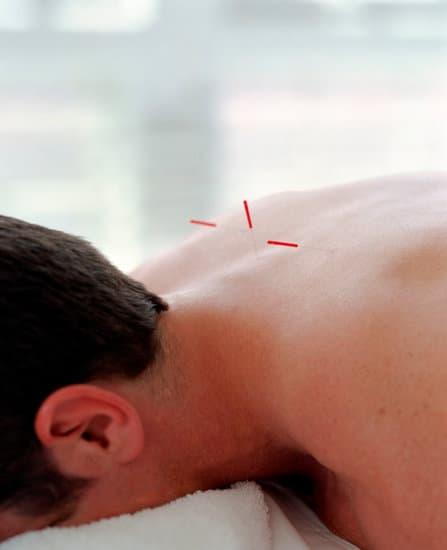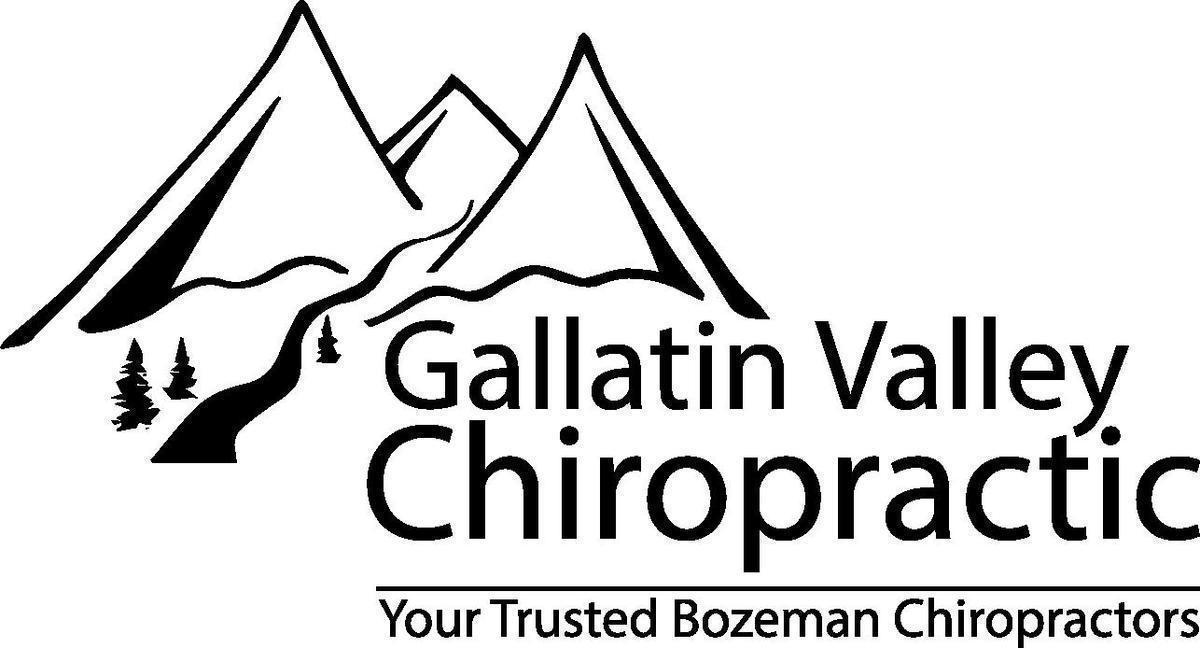I Felt Worse after Dry Needling... Why?
posted: Dec. 14, 2023.

I Felt Worse after Dry Needling... Why?
Dry needling involves the act of inserting a blunt tipped, fine filament needle into an area of pain or dysfunction. The objective of dry needling is to release the muscle tension and pressure in the area, improve circulation, decrease pain and reduce myofascial adhesions/ trigger points. We have noted significant relief with many conditions in our clinic and a very high success rate with dry needling. Some common conditions that can call for dry needling include:
- Overuse injuries
- Tendonitis/ tendinosis
- Myofascial sprain/ strains
- Trigger points/ contractures
- Inflamed and sometimes swollen areas
- Chronic injury sites
So why do patients can get sore after dry needling?
One of the first things we let our patients know after their first dry needling session is that they may get sore, and their condition might not feel better right away. In fact, we often see people that can be sore for up to 72 hours after their dry needling treatment before they get any signs of relief. On the contrary, we also get patients that feel better and looser almost immediately after treatment. As much as we would love tell which of those scenarios you may be, it is extremely difficult to predict how anyone will feel over the next few days.
Here are a few of the reasons you may be sore after a dry needling session:
Dry needling is creating microtraumas to the areas of treatment.
This may sound like a bad thing, but this is actually a very large part of the body healing and recovering. This is also the first reason the patient may be sore following treatment. The microtrauma is going to initiate a controlled inflammatory response to the area of focus. This is a great thing, because the blood coming into the are is what is going to heal any damaged tissues. Bringing the new blood into the area is also going to push the old blood out, and greatly improve circulation. That means we are essentially jump starting your body healing itself!

Dry needling releases trigger points and adhesions.
Dry needling in an area that has a lot of "knots" or ropey tissues is often an area of pain or dysfunction for patients. Dry needling is a great tool for significantly decreasing the tension in trigger points and adhesions. Once the myofascial tissues go from a state of being hypertonic to relaxed, it is not uncommon to have some soreness as the tissues adapt to their new state.
The clinician is working in already hypersensitive tissues.
When the body experiences pain, the sensitivity threshold to experiencing more pain is decreased. This means any pain experienced after the initial injury can be perceived as greater than it actually is and not a good indicator of the actual trauma or problem with the body. Therefor, with dry needling creating microtraumas in an area that is hypersensitive, can initially cause the patient to get very sore until the area calms down. The calming down typically occurs 12-24 hours post treatment, but can be up to 72 hours.

It is important to note that soreness is a normal and expected response from the first dry needling treatment, if soreness persists or worsens it is crucial to consult with the health care specialist to re evaluate.
So what can I do to help with my dry needling soreness?
There are a few things that can help ease the soreness or pain from a dry needling treatment:
- Light exercise- easy movements that involve the sore area can help release some of the chemicals that may make you sore such as lactic acid. Movement of those muscle groups can act like a pump to help and remove that lactic acid and therefore help you feel better.
- Heat- light heat up to 20 minutes at a time can help ease pain. This combined with ice also can be very useful and alternating 20 minutes on and off with ice and heat can help with soreness in the affected muscle groups.
- Hydration - Staying hydrated can help your soreness from dry needling much like how it helps before and after a massage. Keeping your cells and tissues hydrated will keep them healthier and more prone to healing faster, ultimately helping reduce pain even faster.
If you have any other questions or concerns regarding dry needling, we have many great and informative blogs regarding dry needling!
To schedule call us at 406-551-2177 or go online at GallatinValleyChiropractic.com